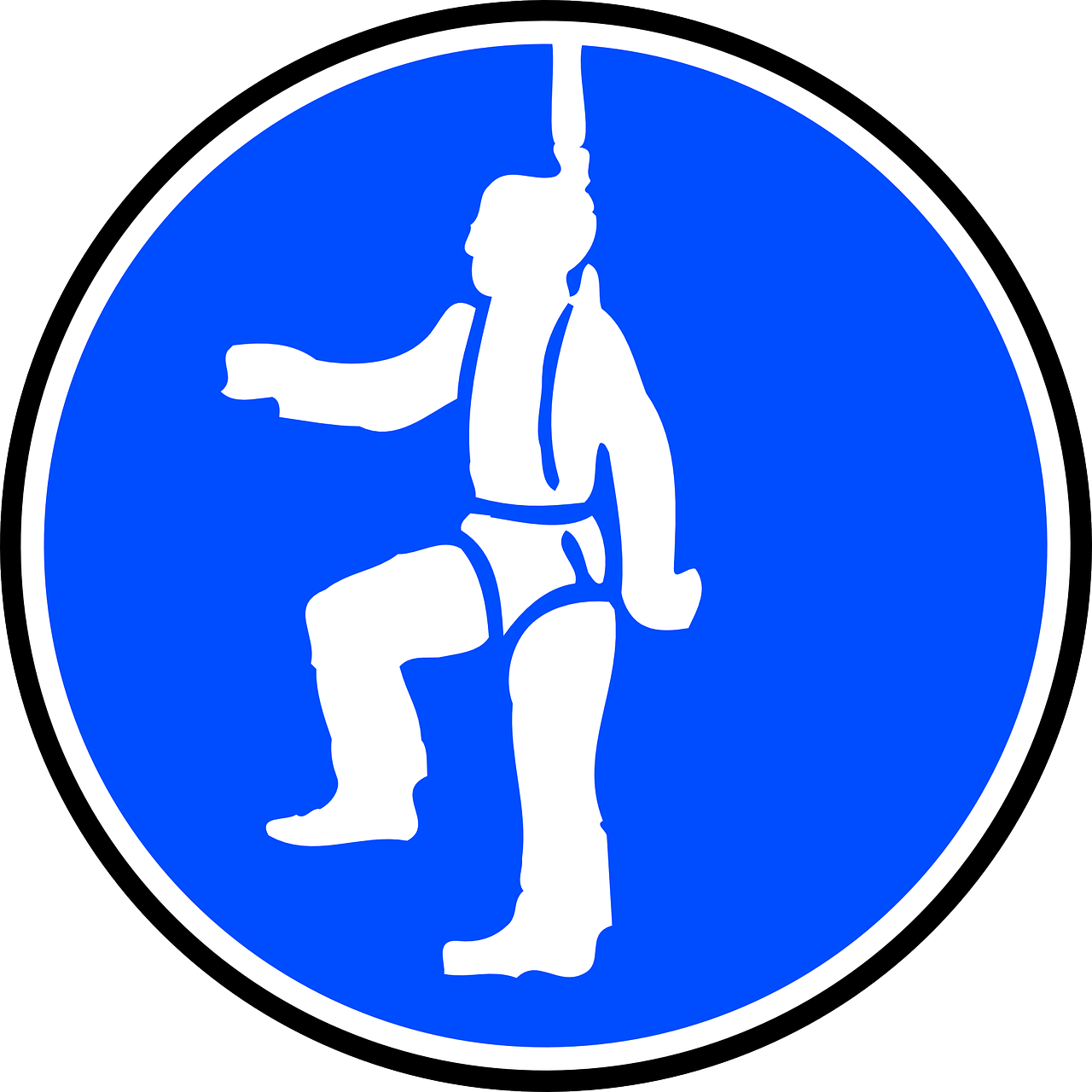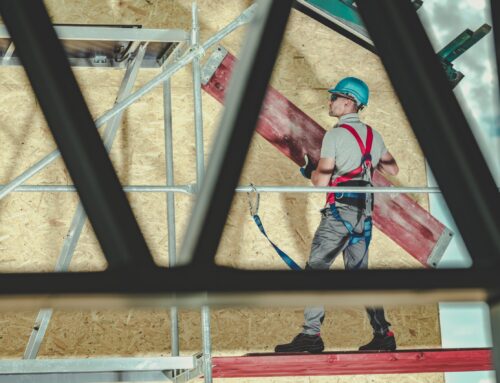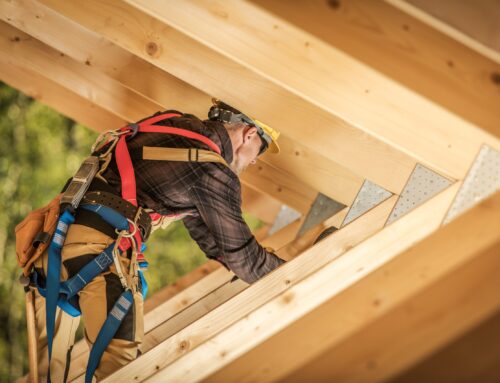Fall protection is a complex subject. It takes hours, if not days, just to come to grips with the regulatory requirements. And the regulations represent only a minimum standard. As safety professionals, we should be concerned with not just meeting the regulations but going beyond them. That might involve implementing voluntary standards from organizations such as ANSI and CSA. And, of course, we must also consider the recommendations of the PPE and equipment manufacturers.
When teaching fall protection (about two to six times a month), you should always cover regulatory requirement. But also try to present a more holistic view – to put the fall protection issue into perspective in a way that is meaningful to the workers. Here’s a helpful approach.
Start with the Facts
When training construction workers, your goal should be to make sure they know how to assess the risks associated with their job. You don’t want the workers on the site to follow safety training only during the 30 minutes that you are there. Ideally, they should want to do it all the time because it’s the safe thing to do. To make this kind of an impression, impress upon the crew of the seriousness of falls. Fall protection is not a topic to be sugarcoated. Start your training sessions with these facts:
- Falls are the greatest cause of fatalities in construction.
- 50% of falls over 11 feet result in fatalities. (Since this is an average, some falls under 11 feet are fatal.)
- It takes one second to fall 16 feet.
Consider delivering this last statistic as a pop quiz: “How long does it take to fall 16 feet.” Pause a few seconds, then snap your fingers with the response. “That’s it – one second!”
Debunk the Myths
After delivering the statistics, remove the mental safety net that many workers rely on. Tell the class: “If you go over the edge, that’s it, you are gone! Your buddy may feel sorry for you, but they are not going to be able to grab you to pull you back.”
Of course, there’s always someone who thinks they will catch something on the way down. There are many workers who have fallen with no fall protection (often through scaffolding). But none of these workers are able to grab something to stop the fall. All they do is beat themselves up on the way down.
To emphasize the point, stand with one arm straight out from your shoulder, and ask what would happen if one fell from 100 feet and grabbed something halfway down. The answer is always that a worker could only pull their arm off. “That’s right,” you’d say. “You would save your arm!”
Teach Basic Risk Assessment
Now you have the class actually thinking about falls. For the remainder of the class, ask them to consider:
- What is required (what the regulations say); and,
- What should be done (what is the safest or best industry practice).
To make the point that they should not concentrate on the “Minimum Standard of 10 feet,” it’s time for another pop quiz:
If a person is six feet tall and they are on a ladder with their feet at the five-foot level and they fall, how far do they fall?
Answer: 11 feet (their head falls 11 feet to the floor), which may put them in the 50 % fatality category!
Now your class is ready to participate in a meaningful lesson on fall protection details.
Conclusion
The main point here is to get people to think for themselves and to develop as second nature two basic concepts when working at heights:
- The primary goal is not to fall.
- The secondary goal is to fall the least distance possible.
If your crew follows these lessons, they won’t have to worry about remembering all of the regulatory technicalities.






